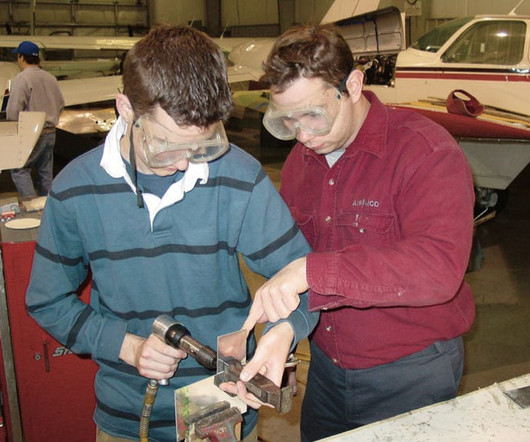There’s Something Essential in the Bank
Flying Magazine
MAY 1, 2024
The majority of the lift generated by an unstalled airfoil is always concentrated near the front, and moving a trailing-edge flap up or down changes the flow conditions at the leading edge. The FW-190 rolled 151 deg/sec at 226 knots, the Spitfire 150 at 176, and the P-40 134 at 315.



















Let's personalize your content